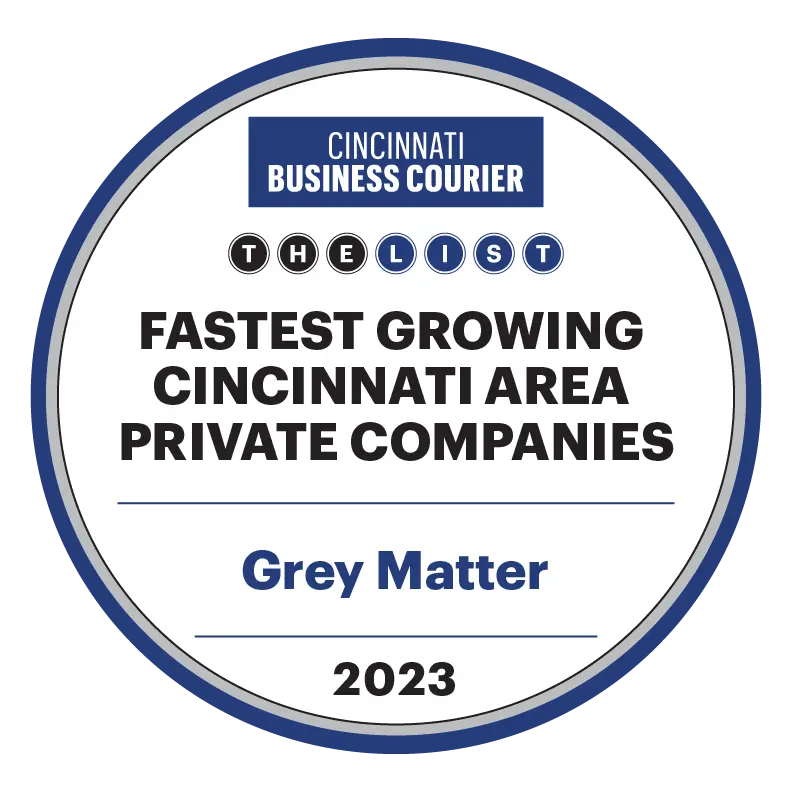Marketers are familiar with modern marketing tactics like FaceBook Ads, Google PPC Ads, LinkedIn Ads, etc., for marketing campaigns. But did you know only 2% of click-through website visitors convert? It is now clear that an underused marketing strategy is worth taking a look at: retargeting marketing.
While there are many tools in a digital marketer’s arsenal these days, not all will be leveraged. SEM specialists estimate that around half of marketers don’t use the full potential of retargeting, which essentially means they are missing out on some great ROI.
What is retargeting marketing?
HubSpot defines retargeting as:
Unlike typical banner ads, retargeting ads are a form of paid online targeting advertising and are served to people who have already visited your website or are a contact in your database (like a lead or customer).
Essentially, retargeting marketing is a way to keep your company and product top of mind & capture leads who have slipped through the cracks. Perhaps those who clicked your ad but never converted, or those who have visited your website, but left before contacting you.
Retargeting gives you the ability to reach your target audience with relevant content based on their previous behaviors. Website visitors who are retargeted with display ads are more likely to convert by 70%.
There are two kinds of retargeting marketing you can use to increase your conversion rate; pixel-based and list-based.
Pixel-Based Retargeting
The most common type of retargeting marketing, pixel-based retargeting, uses cookies to track a user’s behavior on the internet and presents them with ads targeted specifically for them.
For instance, a user visits your site, they browse around but don’t convert, and ultimately leave your site. You place a small piece of code, or “pixel,” on your site that drops an anonymous browser cookie. This cookie is then sent to your retargeting provider, such as Google Ads (formerly Google AdWords), telling it when to show these specific users your ads to remind them about your product or service.
It works because it serves targeted ads only to users who are already familiar with your brand and have shown interest in purchasing from you.

List-Based Retargeting
List-based retargeting is used when you already have contact information in your database. It could be a list of people with whom you’ve previously corresponded, a list of people who filled out a form on your website, etc.
You can upload your retargeting list to a retargeting campaign like FaceBook or LinkedIn, and the platform will display your ads to the users whose information matches what you uploaded. This creates very targeted ads, shown only to those you want to reach.
To make this type of retargeting most effective, you’ll need a rather large list of contacts. The reason for this is because people often use a different email address for their social media accounts than they do for their contact information. The more people you have on your list, the more people you’ll be able to reach.
No matter which type of retargeting marketing you use, or if you use both, you could see a significant surge in conversions. Retargeting is useful for any company and offers a second chance to reach those consumers who take a little longer to convert.
Retargeting Tools To Use
Retargeting campaigns can be built in several advertising platforms, such as Google Ads & AdRoll. MailChimp, LinkedIn and Facebook Custom Audiences also offer some types of retargeting tools.
Why Use Retargeting In Your Digital Marketing Mix?
- Increase Sales: One of the most obvious reasons to use retargeting is the ROI. Retargeting marketing is inexpensive and offers a high return on investment. MailChimp statistics show that approximately 97% of people that visit a company’s website don’t return. Retargeting offers a way to keep your company in front of them and turn that missed opportunity into a conversation and possibly a sale.
- Boost Brand Awareness: Some people simply need a bit more time before they are ready to convert. This is especially true for potential customers who did not know your brand or product before interacting with your ad or your website for the first time. Through retargeting, you can build brand awareness, and increase the chances a user will take notice of you. Reaching that potential customer with a retargeting ad 1-2 more times can do wonders for increasing brand awareness, and bringing the potential customer closer to converting.
- Understand Your Target Audience Better: PPC advertising systems can tell you a lot about your target audience, and this applies to retargeting ads too. By monitoring your retargeting campaigns, you gain essential insights into how your potential customers operate, when they respond , and how you can optimize your marketing and your offers to increase your conversions. There is a lot to be learned from retargeting campaign metrics, so it’s essential to monitor the numbers closely and identify anything you can about your potential customers.
- Save Money: Retargeting ads are cheaper than regular ads. When you pay per click, the overall cost of a campaign will be influenced by the number of clicks coming from users who will not buy the product, especially accidental clicks. In retargeting, the target audience is smaller but much more likely to click on the ad to convert, lowering the total cost for the campaign by a lot. Factor in the extra revenue, and retargeting campaigns obviously yield the best ROI.
Final Thoughts: the Time to Start Retargeting Marketing Is Now
Retargeting is one of the best ways any brand or company can improve the way they market their products or services. It makes sure a lost lead has a fighting chance to become a conversion, and ultimately aims to support a business’ bottom line.
Ready to start your remarketing strategy? Reach out to us today to get started.









